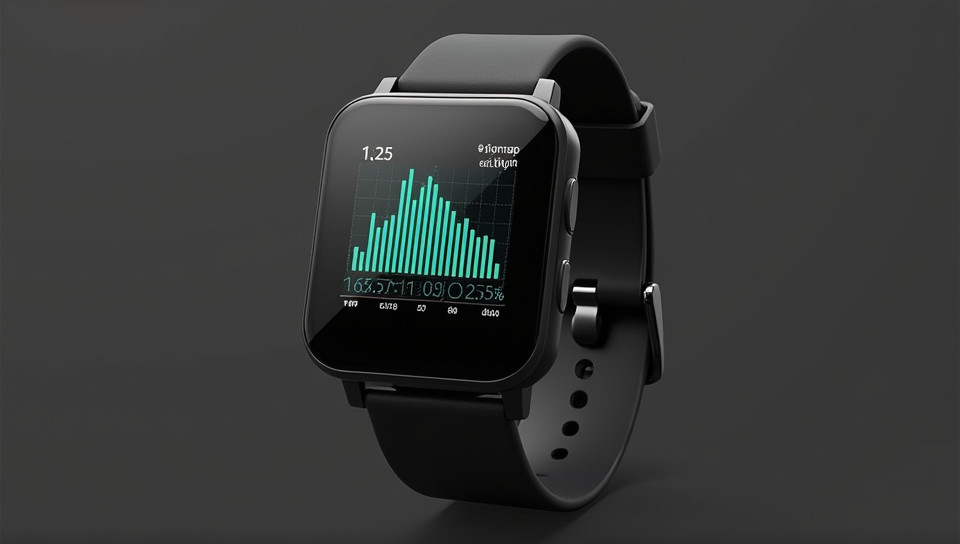Basic fitness trackers often display simple data 77%

Unlocking Your Fitness Potential: The Limitations of Basic Trackers
Are you one of the millions of people who have hopped on the fitness tracking bandwagon? With the abundance of affordable and feature-rich devices available, it's easier than ever to monitor your progress. However, as exciting as these trackers can be, they often fall short in providing a comprehensive picture of our physical well-being.
The Reality of Basic Fitness Trackers
Basic fitness trackers typically focus on a few key metrics: steps taken, distance traveled, calories burned, and heart rate. While these statistics are a great starting point for beginners or casual users, they may not be enough to provide meaningful insights for more experienced athletes or those seeking to optimize their performance.
Beyond the Basics: What's Missing?
Here are some of the key limitations of basic fitness trackers:
- Inconsistent accuracy
- Limited workout tracking capabilities
- No comprehensive view of cardiovascular health
- Often lack advanced analytics and insights
- Rarely track sleep quality
The Need for Advanced Tracking Solutions
If you're serious about taking your fitness journey to the next level, consider investing in a more advanced tracker or smartwatch. These devices often come equipped with features like GPS tracking, muscle activity monitoring, and stress detection. By supplementing your basic tracker with these advanced tools, you'll be able to:
- Gain a more accurate understanding of your physical exertion
- Optimize your workouts for improved performance and recovery
- Monitor your overall health and well-being
Conclusion
While basic fitness trackers can be a great starting point, they often lack the depth and complexity needed to provide meaningful insights. By recognizing these limitations and seeking out more advanced tracking solutions, you'll be able to unlock your full fitness potential and take control of your physical journey.
- Created by: Yìhán Guō
- Created at: Aug. 24, 2024, 10:58 p.m.
- ID: 8242

